Tasty Pedals made by Belcat
Belcat, based in Taiwan, is known for producing affordable and versatile guitar effects pedals and accessories. Established with a focus on delivering reliable and high-quality audio gear, Belcat offers a range of products including overdrives, distortions, delays, and more. Their pedals are designed to provide good value for money while maintaining solid performance and durability.
Among their popular models, the **BOD-01** overdrive and the **D-100** delay have garnered attention for their effective sound quality and user-friendly controls. Belcat pedals are appreciated for their practical design and affordability, making them a solid choice for musicians looking for dependable and budget-friendly effects solutions.
Just Pedal Ingredients.
Chorus — A chorus pedal works by splitting your signal, slightly delaying one part and modulating its pitch before blending it back with the original. The result is a rich, shimmering tone that feels wide and fluid, almost as if several guitars are playing together in unison. It’s an effect that can add life and movement to your playing, making clean tones sound lush and dreamy or adding a subtle shimmer to warm overdrive.
From the classic 80s shimmer heard on countless records to modern ambient textures, the chorus effect remains timeless. Whether you want a gentle swirl for rhythm parts or a deep, detuned wash for atmospheric soundscapes, a good chorus pedal brings space and dimension to your tone. It’s a staple on many pedalboards for its ability to transform even the simplest chords into something spacious and expressive.
. Ensemble. Pedal — Your pedal is like a signature dish for your sound — a flavour-packed creation that transforms the bland ingredients of your guitar into something unforgettable. Each one adds its own seasoning, texture, and heat, turning a simple meal into a feast of tone.
These tasty little boxes sit in a row, like plates on a buffet, letting you mix and match flavours as you play. With one tap of your foot, you can swap sweet for spicy, subtle for smoky, and serve up something completely new. From the comfort food of warm overdrive to the fiery kick of fuzz, from smooth jazz sauce to heavy-metal spice, pedals give players a full menu of options to express their taste. And just like with food — once you’ve tried one dish, you’ll want to sample them all.
Collecting, trading, and discovering new flavours soon becomes part of the joy of being a tone-loving gourmet geek with a guitar.. PLUS. Preamp — A preamp pedal shapes and boosts your guitar’s signal before it reaches your amp or recording interface, giving you control over tone, gain, and headroom. It acts as the first stage of amplification, adding warmth, clarity, and character while preparing your signal for the next part of the chain. Some preamps emulate the response of classic valve circuits, while others offer clean, transparent tone shaping ideal for acoustic instruments or direct recording setups.
Used on its own, a preamp pedal can serve as the foundation of your tone, providing a consistent core sound wherever you play. When combined with other effects, it enhances dynamics and helps each pedal sound more defined and natural. Whether you’re looking to push your amp harder, bring life to a dull signal, or refine your sound for the studio, a good preamp pedal adds presence, punch, and musicality to any rig..
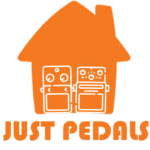
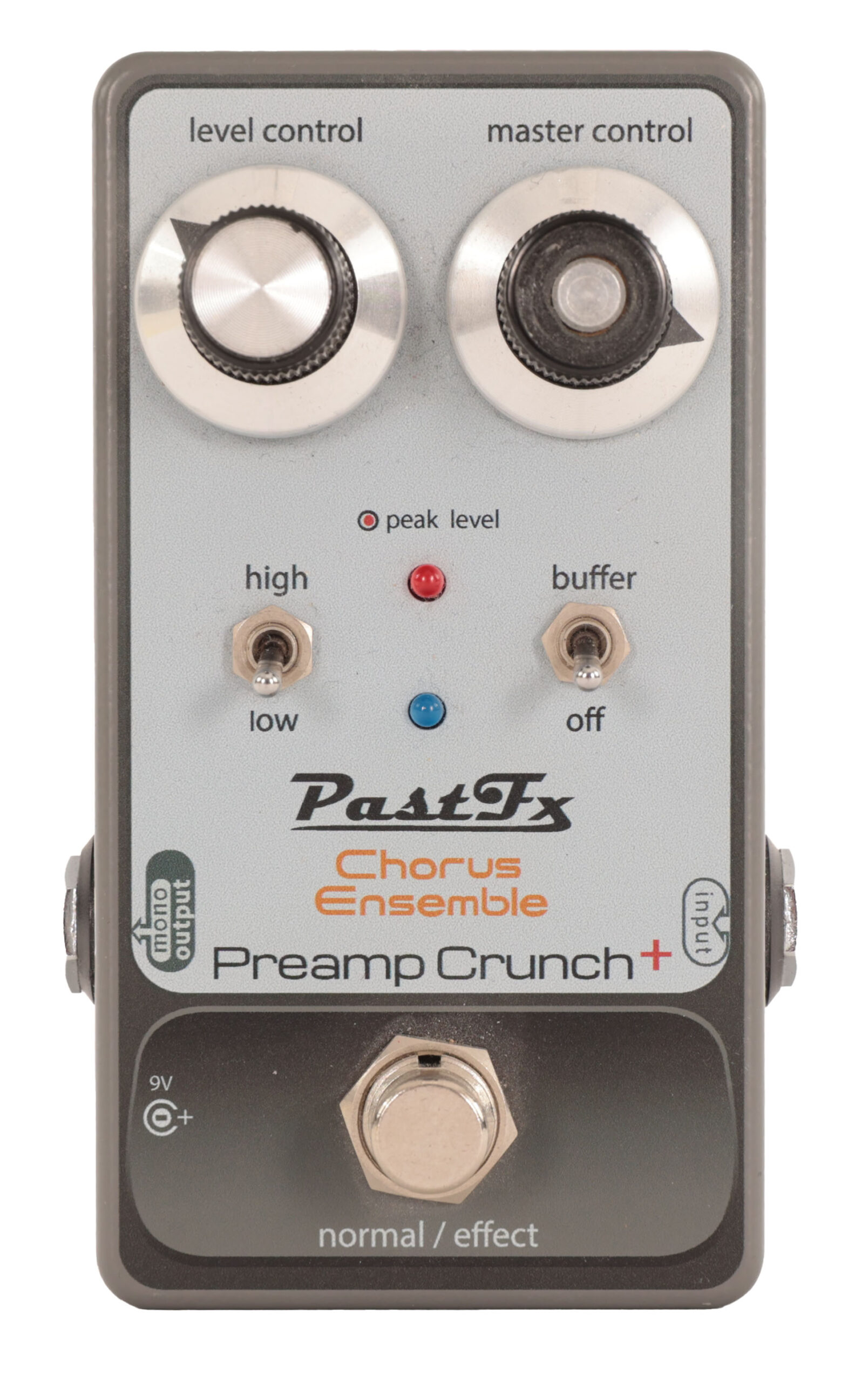
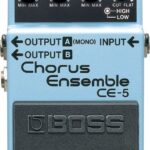
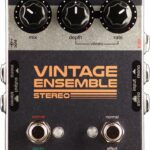
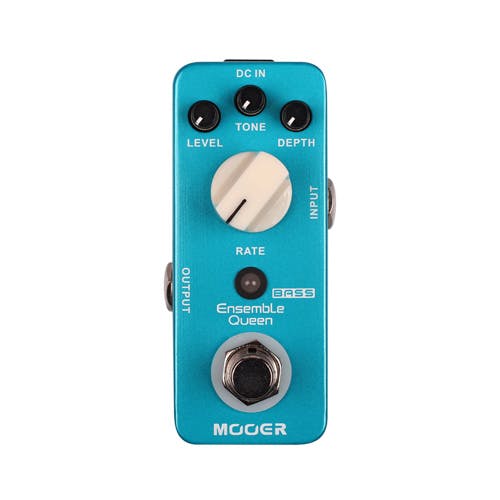
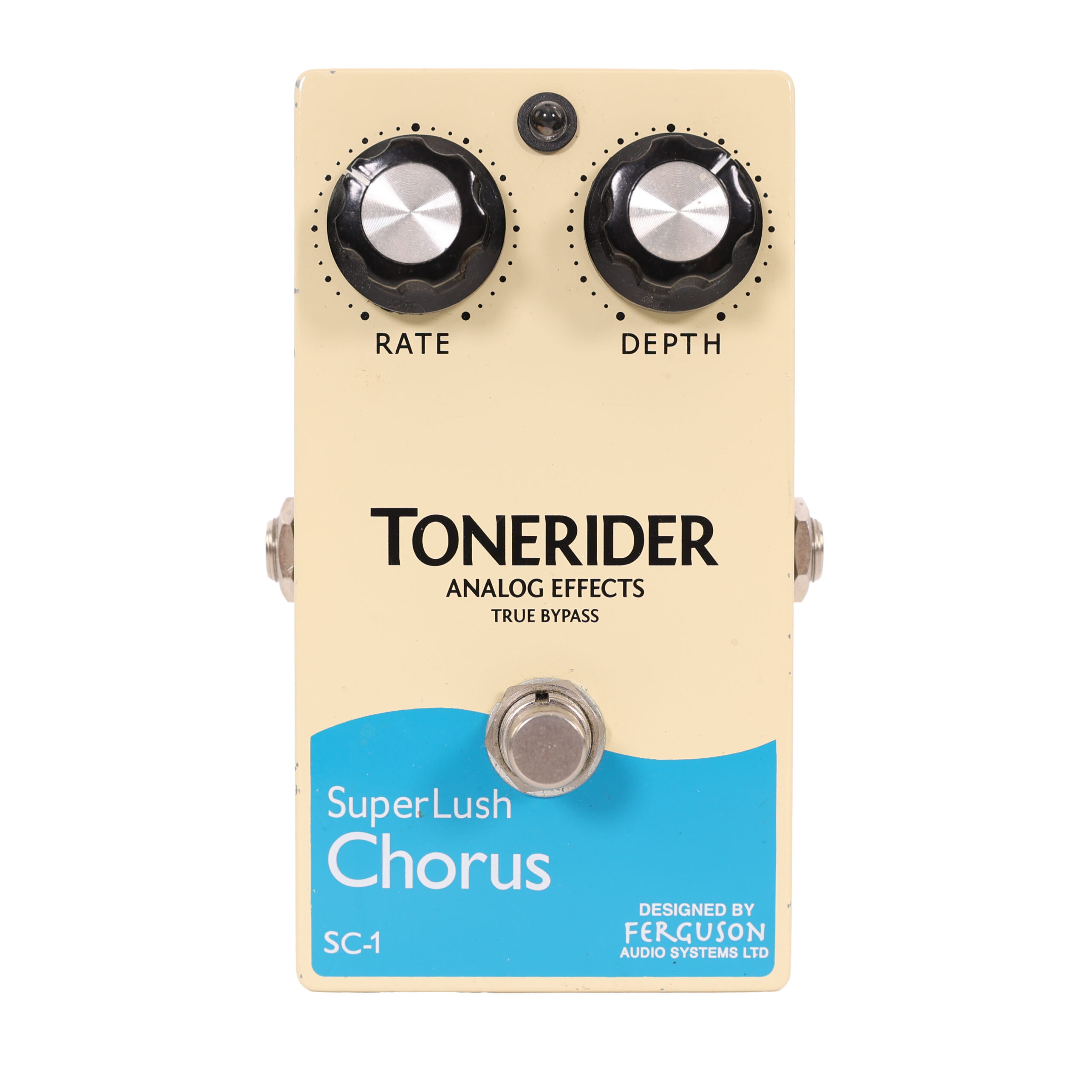
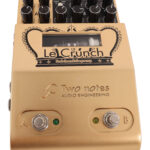
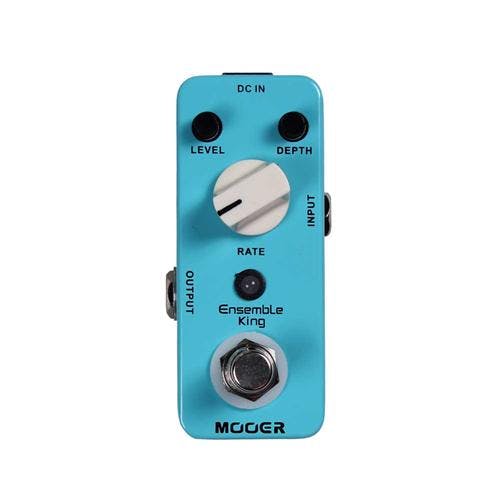



![[High Performance Conversion]: Features 96KHz, 24 bit digital to analog converter delivering clear, ultra low noise sound quality for pristine chorus effects. [Wide Dynamic Range]: Offers a typical dynamic range exceeding 100 decibels, ensuring rich ...](https://m.media-amazon.com/images/I/41ZUvyYyTKL._SL313_.jpg)